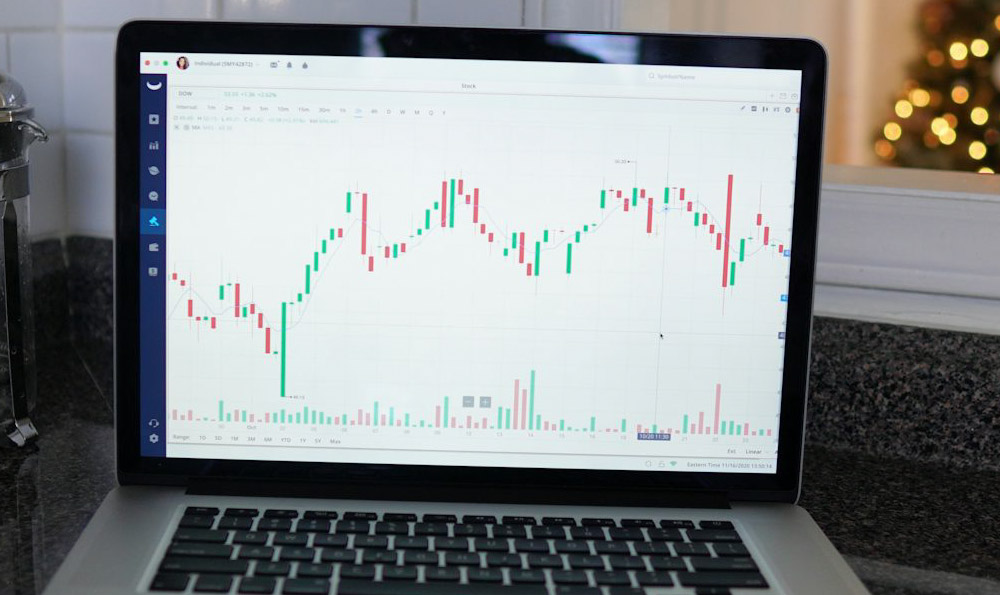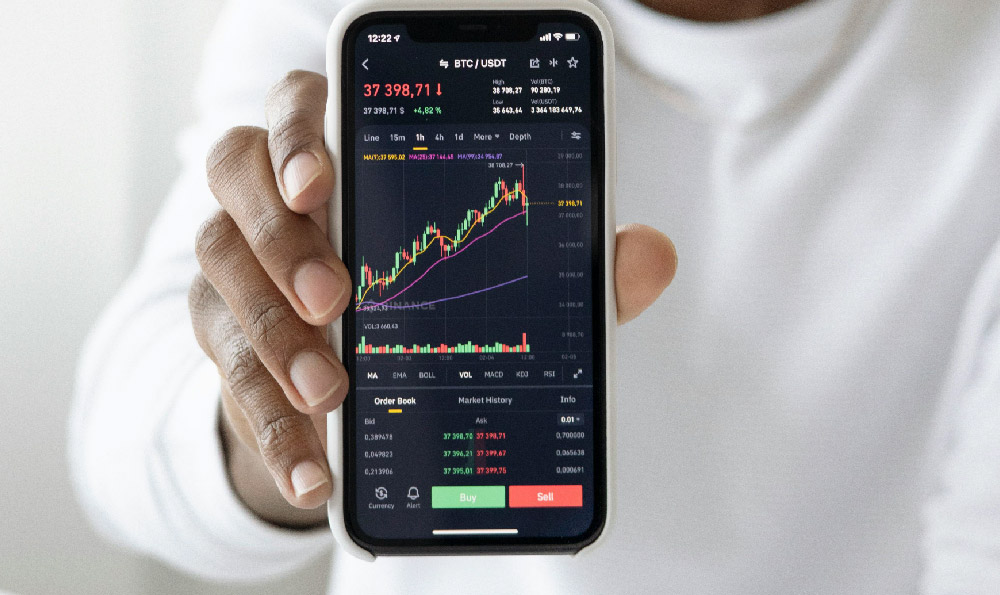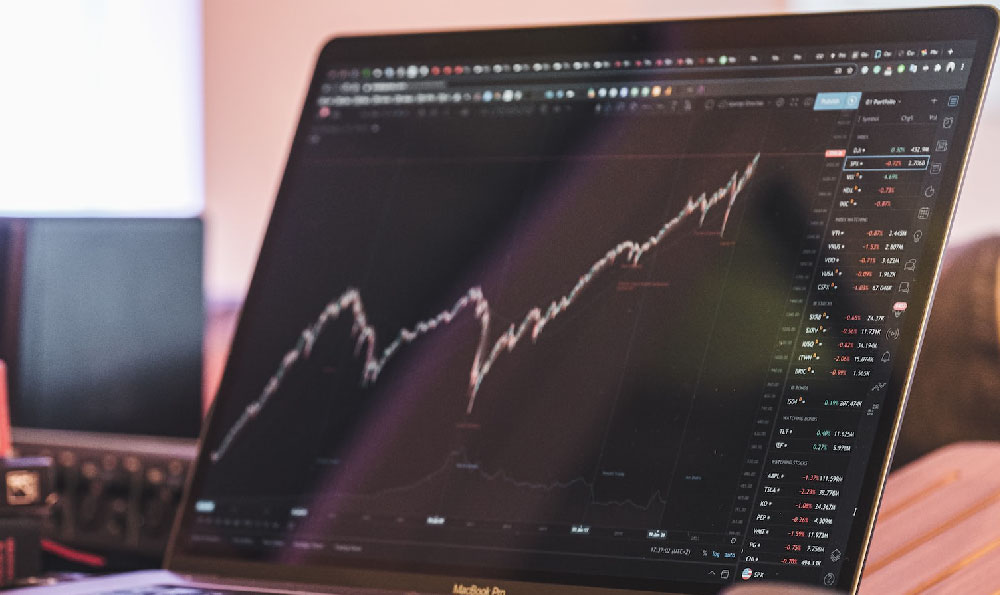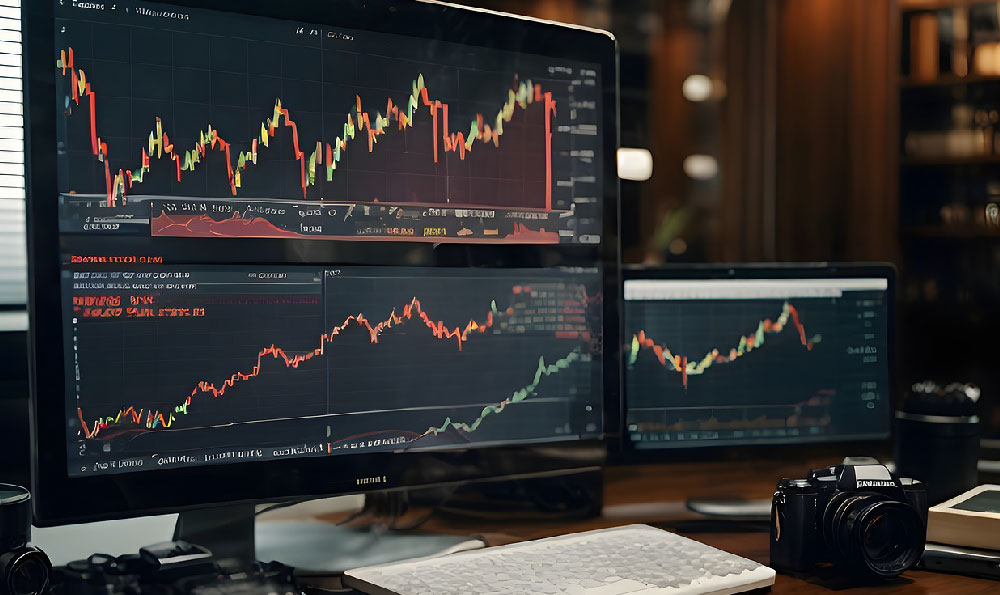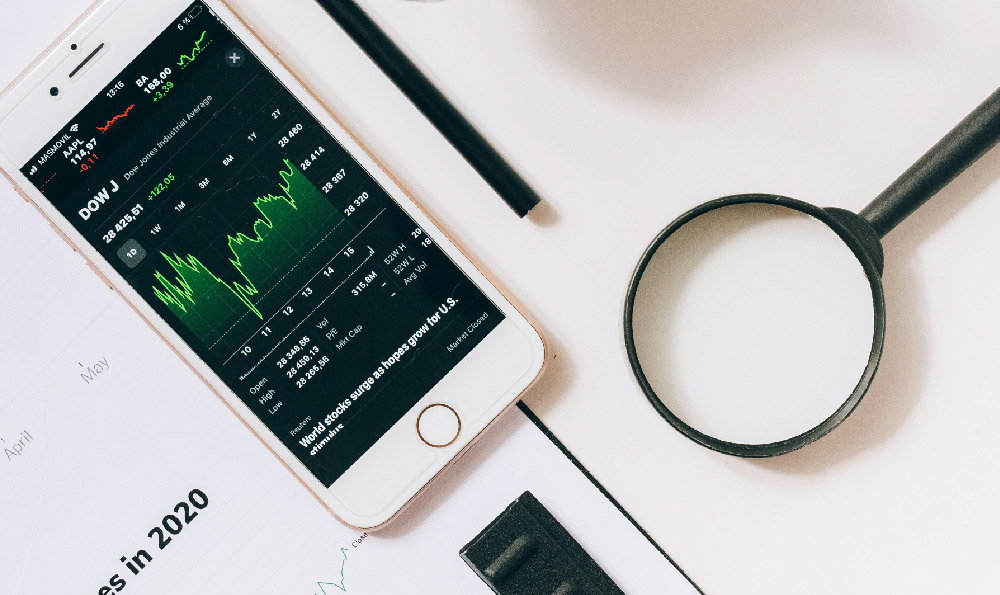Day trading, the practice of buying and selling financial instruments within the same trading day, has gained significant traction in the cryptocurrency market. Fueled by volatility and the promise of quick profits, it attracts both seasoned traders and newcomers alike. However, before diving headfirst into the fast-paced world of crypto day trading, it's crucial to understand the strategies involved, the risks associated, and whether this trading style aligns with your individual circumstances and risk tolerance.
The appeal of day trading stems from its potential for generating returns relatively quickly compared to long-term investment strategies. Cryptocurrency, with its inherent volatility, offers numerous opportunities for price fluctuations that day traders can exploit. These traders aim to capitalize on small price movements throughout the day, accumulating profits through frequent trades.
Several strategies are employed by crypto day traders. One common approach is technical analysis. This involves studying historical price charts, identifying patterns, and utilizing technical indicators such as moving averages, relative strength index (RSI), and MACD (Moving Average Convergence Divergence) to predict future price movements. Traders use these indicators to identify potential entry and exit points for their trades. For example, a trader might look for a "golden cross" – where a short-term moving average crosses above a long-term moving average – as a buy signal. Conversely, a "death cross" might indicate a sell signal. It's important to understand that technical analysis is not foolproof, and indicators can sometimes provide false signals.

Another strategy involves scalping. This technique focuses on making very small profits on each trade, often holding positions for only a few seconds or minutes. Scalpers aim to accumulate these small profits over numerous trades throughout the day. This requires high-frequency trading and a deep understanding of order book dynamics and market microstructure. Scalping is particularly risky due to its reliance on speed and precision, and even small slippage (the difference between the expected price and the actual execution price) can significantly impact profitability.
Arbitrage trading is another strategy, where traders exploit price differences for the same cryptocurrency across different exchanges. By simultaneously buying a cryptocurrency on one exchange where it's cheaper and selling it on another where it's more expensive, traders can profit from the price discrepancy. While arbitrage can be relatively low-risk, it often requires sophisticated trading tools and significant capital to capitalize on small price differences. Furthermore, transaction fees and exchange withdrawal limits can eat into potential profits.
News trading involves capitalizing on market reactions to news events, such as regulatory announcements, technological breakthroughs, or exchange listings. Traders monitor news feeds and social media for relevant information and quickly execute trades based on their assessment of the potential impact on the cryptocurrency's price. This strategy requires quick decision-making and a thorough understanding of the cryptocurrency's ecosystem. However, news can be rapidly disseminated, and market reactions can be unpredictable, making this a highly risky strategy.
While the allure of quick profits is tempting, day trading is not without its perils. One of the most significant risks is volatility. Cryptocurrencies are known for their extreme price swings, which can lead to substantial losses if positions are not properly managed. A sudden unexpected price drop can wipe out a trader's capital within minutes.
Leverage, while potentially amplifying profits, can also magnify losses. Using leverage allows traders to control a larger position with a smaller amount of capital, but it also increases the risk of liquidation. If the trade goes against the trader, they could lose their entire investment and even owe the broker additional funds.
Emotional discipline is crucial for day trading success. Fear and greed can cloud judgment and lead to impulsive decisions. Traders must be able to stick to their trading plan and avoid making emotional trades based on market hype or panic selling. Developing a solid trading strategy and sticking to it, regardless of short-term market fluctuations, is essential.
Slippage and trading fees can also erode profits. Slippage occurs when the actual execution price differs from the expected price, often due to market volatility or low liquidity. Trading fees, charged by exchanges for each trade, can add up quickly, especially for high-frequency traders.
Therefore, before embarking on a day trading journey, carefully consider whether it aligns with your financial goals, risk tolerance, and personality. Assess your financial situation and ensure you can afford to lose the capital you allocate to day trading. Start with a small amount of capital and gradually increase your position size as you gain experience and confidence.
Educate yourself thoroughly about the cryptocurrency market, technical analysis, and risk management techniques. Practice using demo accounts to simulate real-world trading scenarios without risking real money. This allows you to test your strategies and develop your trading skills in a safe environment.
Develop a detailed trading plan that outlines your entry and exit criteria, risk management rules, and profit targets. Stick to your plan and avoid making impulsive decisions based on emotions. Implement stop-loss orders to limit potential losses and take-profit orders to secure gains.
Diversify your investments and avoid putting all your eggs in one basket. Don't rely solely on day trading for income. It's generally advisable to combine day trading with a long-term investment strategy.
Finally, remember that day trading is a demanding and time-consuming activity. It requires constant monitoring of the market, quick decision-making, and a high level of discipline. It's not a get-rich-quick scheme. Be prepared to put in the time and effort to learn the ropes and hone your skills. If you approach day trading with a realistic mindset, a well-defined strategy, and a strong understanding of risk management, you may be able to generate consistent profits. However, it's crucial to acknowledge the inherent risks and be prepared to accept losses as part of the learning process. Consult with a financial advisor before making any investment decisions.


